Maximize Roas In Ecommerce Campaigns Analyze the campaign performance and adjust accordingly. Monitor the campaign closely and use A/B testing to optimize results. Leverage retargeting campaigns to increase conversions.
How Roas Works
How does ROAS work in e-commerce?
Return on Ad Spend, or ROAS, measures revenue generated by advertising compared with ad spend in ecommerce. Your ecommerce business gets a clear picture of how much value your ads are bringing in.
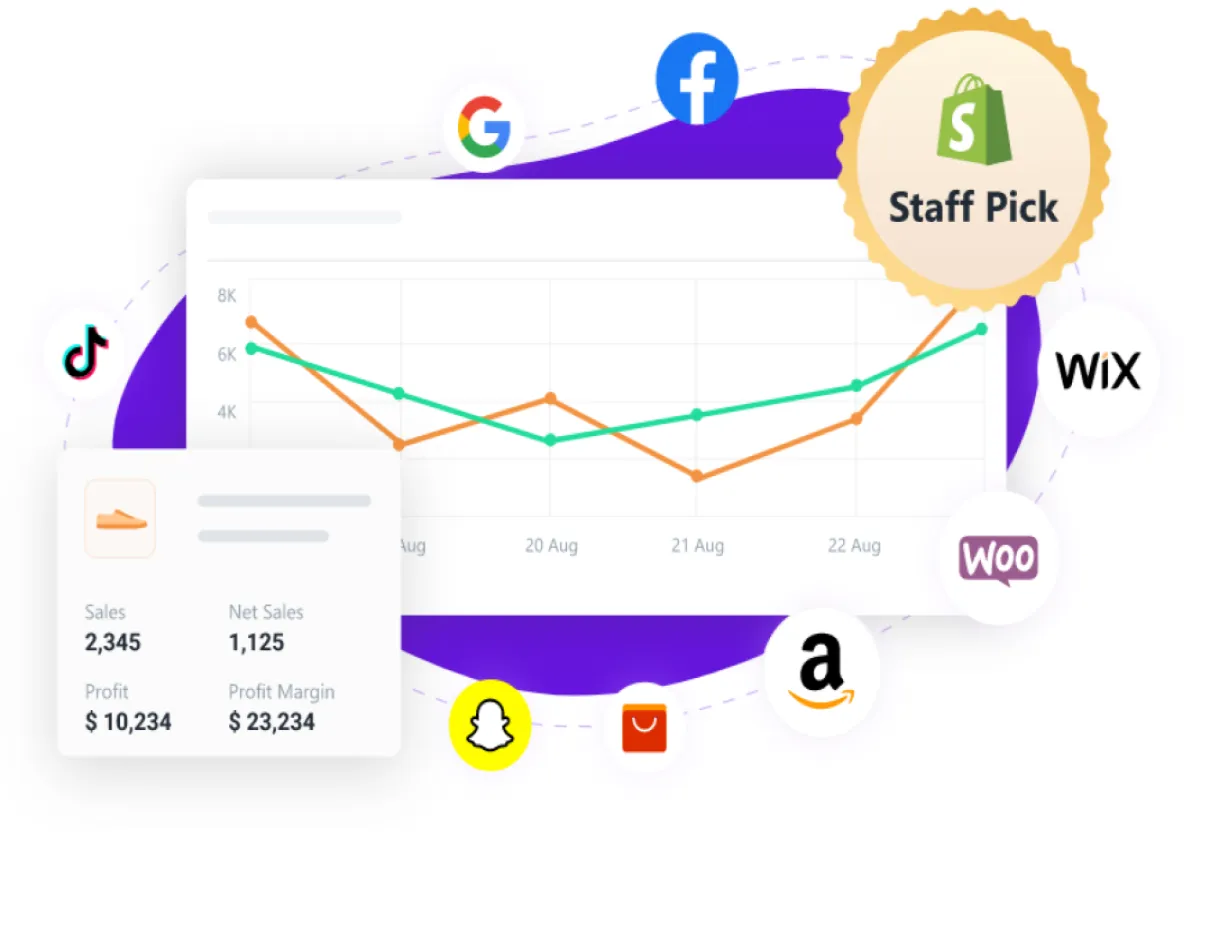
In ecommerce, ROAS is everything
ROAS is the key metric in ecommerce because it shows you which ads work and which channels are working. Looking at ROAS lets you optimize your advertising and spend, so you can spend your money on the best campaigns.
Data driven decisions: ROI
ROAS lets ecommerce businesses make data driven decisions about ad spend. This tells you how much ad spend will impact the bottom line and what parts need to be adjusted.
In Ecommerce, Why Is Roas So Important?
ROI and ROAS in marketing
It’s the return on investment for a campaign, the benchmark for marketing effectiveness.Â
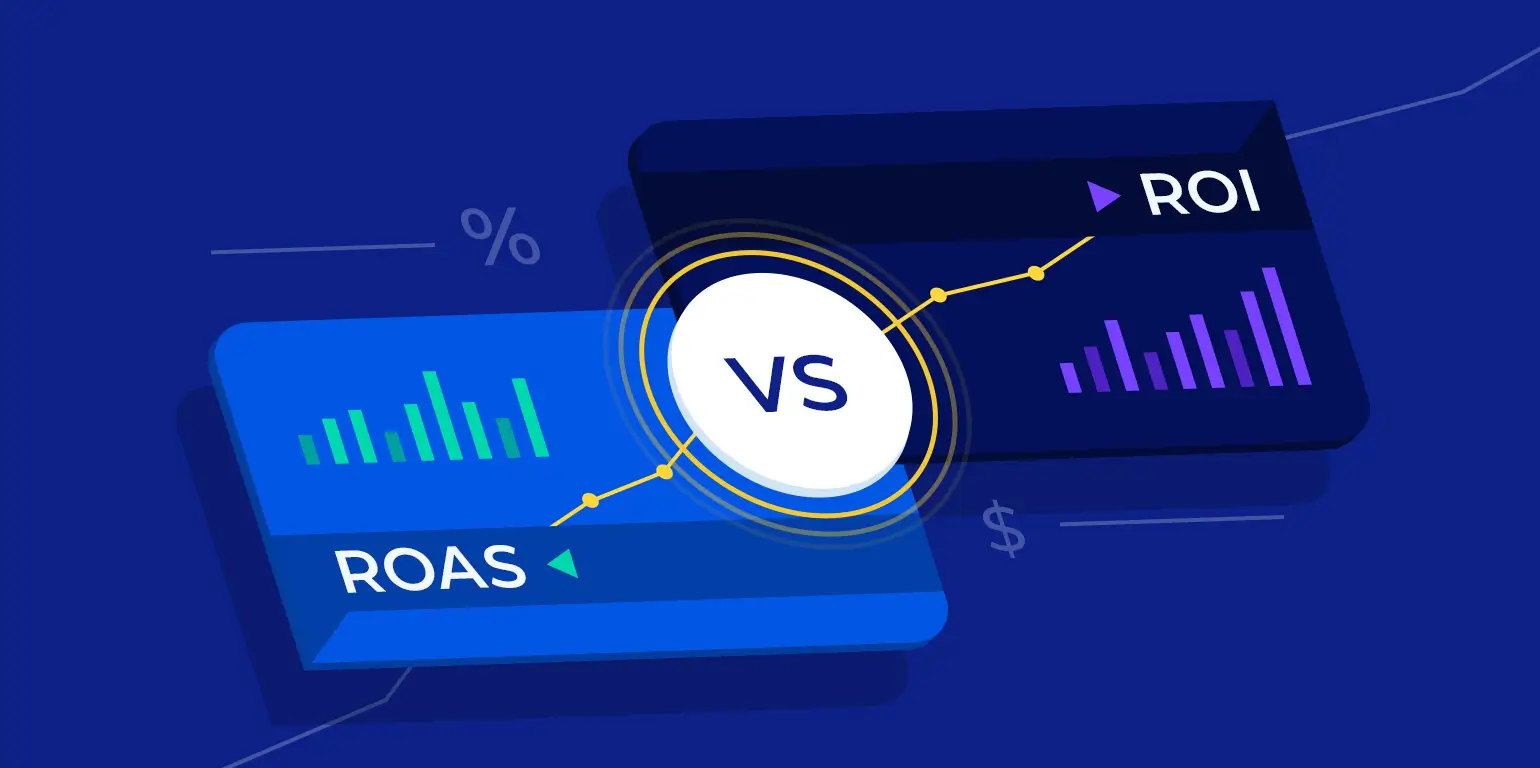
Ecommerce marketers can move their budget and avoid wasting ads with this clarity.
Channels and campaigns you should use
A business can see which channels are performing best by comparing ROAS across campaigns and channels. The performance of Google Shopping campaigns can be improved by adjusting bids and using high quality product data.Â
There may be a difference in ROAS between Facebook and Google Ads, so you can optimize each one separately.
Budgeting that’s focused
It helps you refine your budget allocation by putting money into high performing marketing and campaigns. In high ROAS situations, you should increase ad spend, in low ROI situations, you should optimize or redirect.
The Roas Formula
Advertisements
Here’s how you calculate ROAS:

ROAS = Revenue from Ads / Cost of Ads
The ROAS would be 5:1 if an ecommerce store made $10,000 from a $2,000 ad spend, so for every dollar spent on ads you get $5 back.
The ROI of ad platforms
A lot of ad platforms have ROAS tracking, like Google Ads and Facebook Ads, so you can keep track of your campaigns.
Roas Tracking: How To Do It Right

The delayed attribution
It’s when the conversion happens after a user clicks on an ad days or weeks later. You’ll get a more accurate ROAS if you take the conversion window into account.
Using analytics tools to figure out ROAS
Tracking ROAS is easy with tools like Google Analytics. Connecting your ad campaigns to analytics platforms lets you see how well each ad performs.
Make sure you’re reviewing your ROAS regularly
Regularly monitor ROAS for trends, seasonality, and anomalies. If you do regular reviews, you’ll know if you need to reallocate budgets or adjust campaigns
Ad Spend For ROI
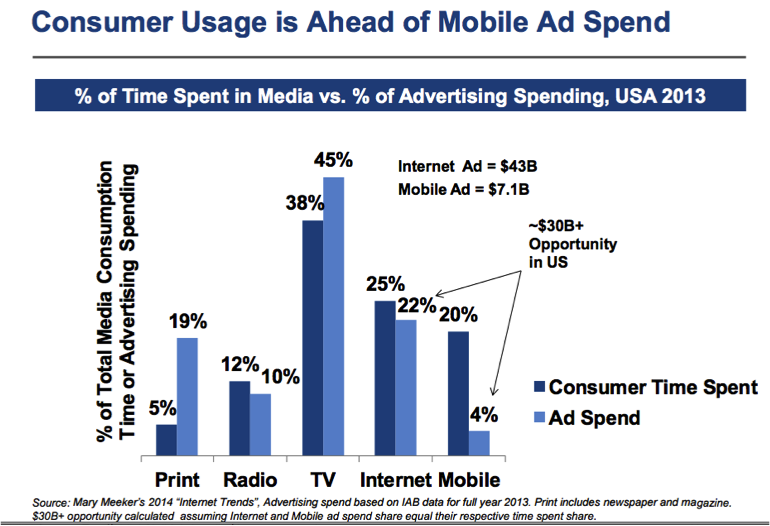
Image Courtesy –ROI MARKETING
Ads that change on the fly
A dynamic product ad will show relevant products based on what the user does. Showing products that are relevant to user interests increases engagement, conversions, and relevancy.
Personalisation for ROAS
Advertising with personalized ads, especially dynamic ads, can increase revenue and marketing efficiency by 30%. Higher ROAS is directly related to personalization in dynamic ads.
The Best Way To Optimize Product Feeds For Better Ad Performance
Getting accurate product feeds
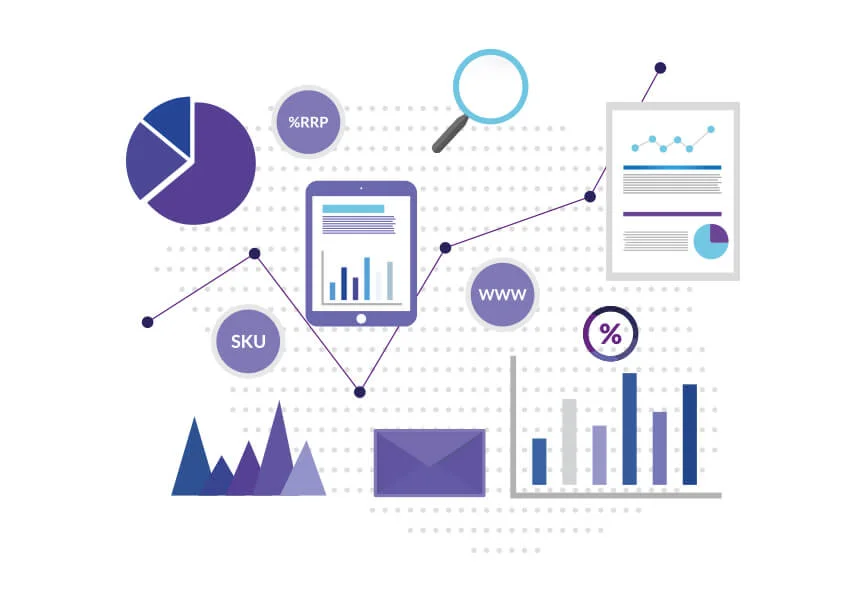
A product feed should match the ecommerce platform’s data with up to date information. A pricing error, product detail error, or availability error will lose you conversions and reduce your return on investment
Images and descriptions that look great

Ads perform better with visuals and product descriptions. Ads with high res photos and detailed descriptions are more compelling and increase conversions.
Check and optimize the product feed on a regular basis
Businesses can make sure their product feeds are accurate by checking them regularly, and dynamic product ads will work better.
Create Your Own Ad Campaign

Getting results from your ads
You need a clear target audience if you’re going to run an ad campaign. Getting to know your audience’s demographics, interests, and buying behaviors will help you create ads that resonate.
A campaign that matches your business goals
There should be a clear goal for each campaign, like increasing sales for a specific product line or getting people to know about your brand. It’s important to match ad content and strategy with these goals so ad spend is effective and focused.
The keyword and ad copy
Ad relevance and engagement are determined by keywords and copy. A targeted keyword will attract qualified traffic, and a compelling ad copy will increase clicks and ROI.
Techniques For Improving Ad Campaigns

Test A/B for Optimisation
Using A/B testing, you can find out which ad works best. Testing and refining ads regularly based on data will make them more effective and increase return on investment.
Making adjustments to the campaign
The campaigns have to be flexible with regular adjustments to match market changes, audience behavior and seasonality. Maintaining or improving ROAS over time will be easier with a continuous optimisation approach.
Making campaign adjustments based on data
You should make all your optimization decisions based on data and analytics. Take a look at conversion rate, click through rate, and cost per click to make your ads more effective and ROAS higher.
Roas Strategies For Advanced Businesses
Get the best Customer Lifetime Value (CLV)
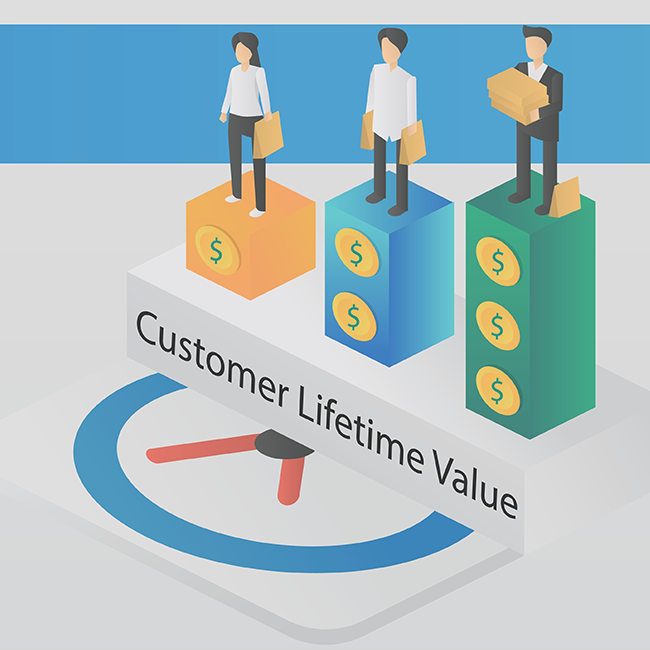
Target your high value customers
You’ll get better ROAS if you focus on acquiring and keeping high value customers. It’s these customers who will keep buying and have a higher cumulative return on ad spend.
Plan your campaigns with CLV data
Data on CLV can inform ad targeting, so you target campaigns that will attract long term value customers, not one time buyers.
Engaging and retaining customers
Increase repeat purchases and ROAS by maximizing the lifetime value of customers with retention strategies like loyalty programs and personalised emails.
Make Sure It’s Mobile-Friendly

Compatible with mobile devices
In an ecommerce world where mobile sales are growing, mobile optimization is key. For high engagement and conversions, ads need to be mobile optimized with fast load times.
Using mobile friendly ad formats
You’ll get a better viewing experience and more conversions with mobile friendly ad formats.
An overview of mobile ad campaigns
Regularly review and optimize mobile ads to make sure they’re effective and match audience expectations and behavior.
Advertising Across Channels
Campaigns across channels

Increase audience reach across channels
Using cross channel advertising, ecommerce businesses can reach more people. There’s a lot of opportunity to target different segments of the market on Google, Facebook, Instagram, and Pinterest.
Marketing cross channel
It’ll improve ad recall and engagement, resulting in higher ROI, with a cross channel marketing strategy.
Using data to inform cross channel marketing
When you measure performance across channels, you’ll be able to refine your strategy, like what channels have the best ROAS or what content works best.
Engage Influencers To Grow Your Audience
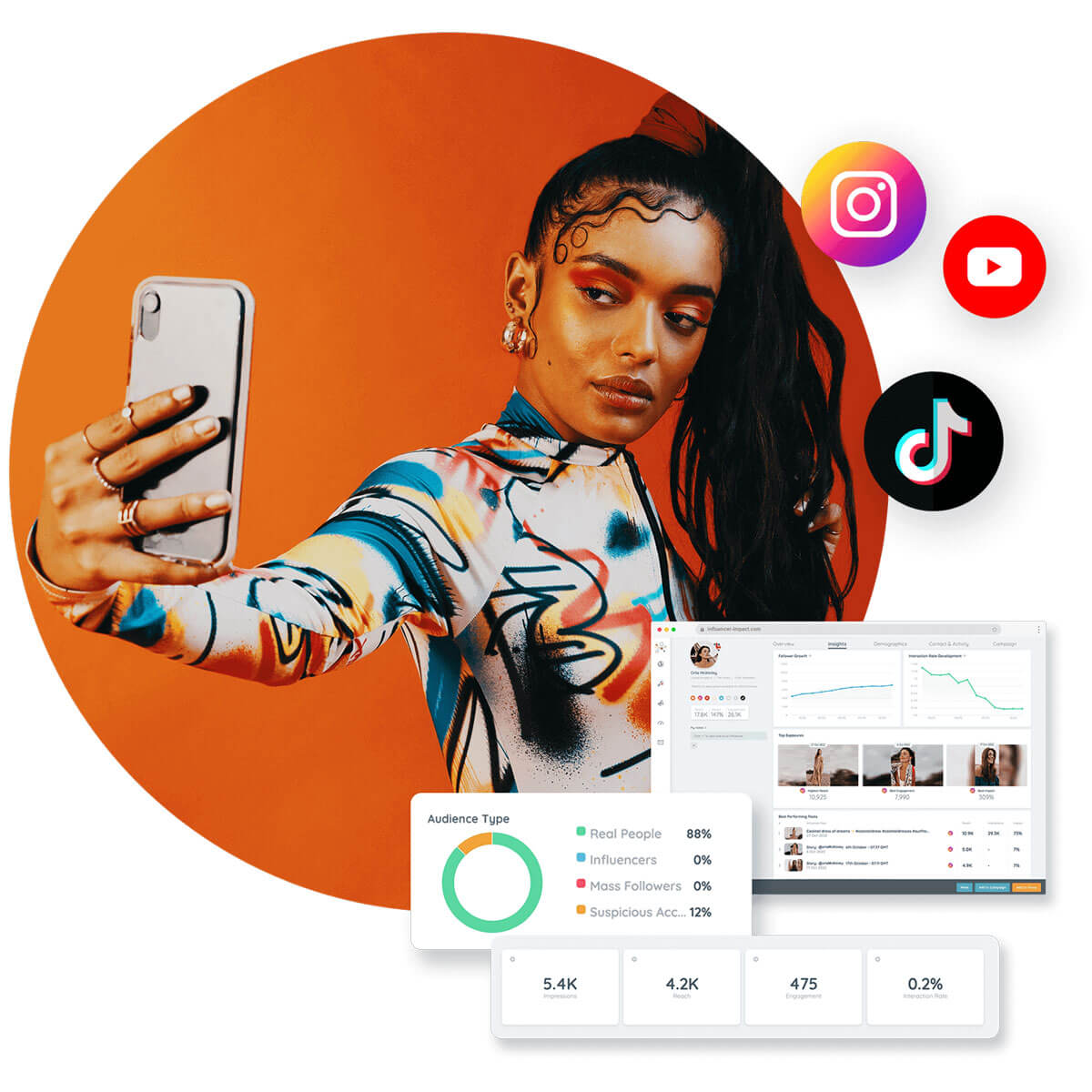
Make sure your influencers are relevant
Partnering with influencers can help you reach more people. For better engagement and ROAS, choose influencers with followers that match your brand’s target audience.
Set goals for influencer marketing
It’s easy to measure influencing campaign success and make sure the investment will benefit ROI if there are clear goals like increasing conversions or driving brand awareness.
Track and analyze influencer campaigns
Influencing marketing starts with data. Tracking engagement and conversions from influencer content lets brands measure the campaign’s effectiveness.
Analyze Your Roas
The right tools to measure ROAS

Image Courtesy –OWOX
Using Google Analytics and Facebook Ad Manager
Ecommerce businesses can track ROAS and understand campaign performance using Google Analytics and Facebook Ad Manager.
A look at ROAS data
You’ll get the best return from every dollar spent on ads when you review ROAS data regularly.
Make smart decisions with data
With ROAS data, you’ll find out which campaigns or keywords are underperforming so you can move budget to high performing campaigns.
Check Out Roas
In ROAS, look for patterns
By analyzing ROAS over time, you’ll see seasonal patterns, audience behavior trends, and other insights you can use to improve future ads.
Take a look at the data and see where you can improve
You’ll know which keywords aren’t converting or what ad format isn’t working so you can fix it.
Set up a ROAS optimization plan
Ad optimisation should be guided by ROAS insights to keep campaigns on track, maximise ROI and keep your campaigns on budget.
Fix And Optimize
What are the challenges and solutions for ROAS?

See what challenges ROAS is up to
The most common ROAS issues are low conversions, high click costs, and low ad engagement. It’s the first step to troubleshooting and improving performance if you can find these challenges.
Solutions that work
Each challenge should be solved with data driven solutions. It will fix low engagement if you do A/B testing, and it will fix high costs if you make budget adjustments.
A campaign audit
You’ll be able to catch issues early and make adjustments to keep ROAS high with regular campaign audits.
Here’s How To Offset Ad Spend With Better Seo

Convert traffic and sales with SEO
SEO improves organic traffic, conversions, and reduces ad spend by reducing reliance on paid channels.
Make sure your SEO strategy aligns with your ad goals
The SEO strategy should align with the ad goals to maximize the impact of both channels, drive organic traffic and increase return on investment.
Continual SEO
Maintaining your website’s visibility and effectiveness will help you get the best return on your advertising dollars.
Conclusion
You’ve got to do ROAS right for ecommerce to succeed. Get the most return on your ad spend and be profitable long term by optimising your ad spend, cross channel opportunities, and SEO. Target the right audience and optimise your campaigns to ensure maximum efficiency. Monitor your results and adjust accordingly. Experiment with different approaches to find what works best for you. Finally, use data and analytics to track your progress and refine your strategy.


